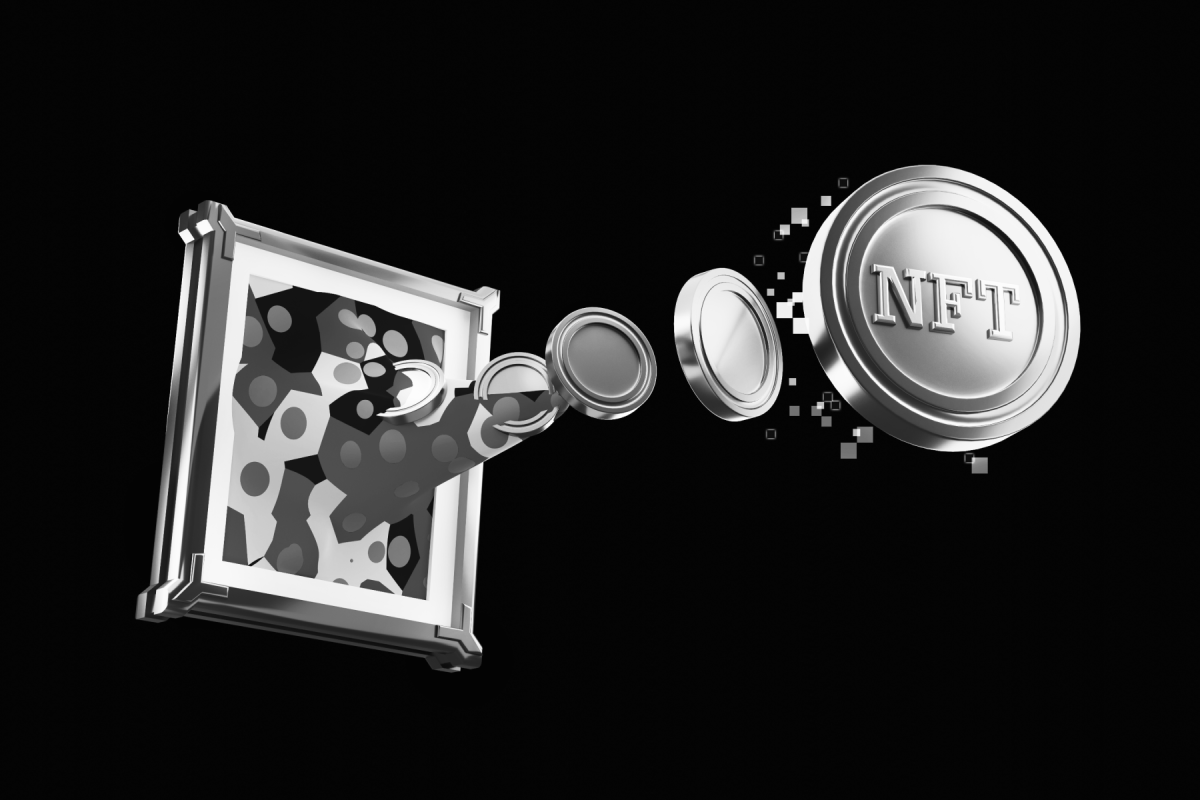NFTs are a quantum shift for creators.

Opinions expressed are solely those of the author and do not reflect the views of Rolling Stone editors or publishers.
The pandemic separated us. Profoundly, Covid-19 still does in many parts of the world. The idea of community, as humans being a “herd” species, we are left hungering for connection again. The blockchain world and its cryptocurrency are like a Silicon Valley tilt-a-whirl whipping us to and fro with summits and valleys. The art world, music world and social media are a kaleidoscope of turning tumblers ever pushing the bounds of art forward to a breakthrough, or, in the words of Roger Waters, just as easily to an early grave.
Along came NFTs in the form of kitties, punks, apes, aliens — a veritable Noah’s Arc of creativity unleashed before being lab-tested over the recent years, to be repeated again and again.
My story of NFT.NYC 2021 begins 5,000 miles away in Liverpool, England, during a conversation between myself and Amir Soleymani, an art collector and digital art evangelist, founder of NFT Guild, and patron of several notable NFT artists like Fewocious and electronic music creator BT. Unable to attend in person, Soleymani was still very much a part of the multi-colored patchwork quilt bringing so many universes together under one three-letter banner: NFT. He drew my attention to the issue at hand: a concern regarding quality over quantity.
A common theme during the conference was that many creatives are seeing the toddler named NFT start to stand, fall, take a few steps, fall again — with both delight and concern.
Irrational exuberance, to borrow the term from former Fed chairman Alan Greenspan, describes this wonderful NFT gold rush. It reminds me of how Roger Daltrey once sang “meet the new boss/same as the old boss” in “We Won’t Get Fooled Again,” or how Greenspan warned about an overheated Wall Street market in 1996. From my perspective, he could have been speaking about the NFT space in 2021.
The positives are clear: Artists can make a living. NFTs are a quantum shift for creators. They finally provide a greater mass adoption use case for cryptocurrency. We need to continue to address misconceptions around crypto being inherently “bad” and explore the applications and understand the limitations instead. The crux of the issue lies in making sure the storytelling doesn’t get lost in all the flexing.
The story of now 18-year-old Victor Langlois, or Fewocious, is a prime example. Like many artists and creators, he didn’t really fit in growing up. Knowing he was different, he used art as a therapy to escape his reality. Langlois’s work has generated $18 million in sales in 2020, making him one of the wealthier NFT artists under the age of 20. His notoriety also led him to be a role model for the LGBTQA community. This is a powerful example of how the NFT world can change an artist’s life for the better.
The coming together of community, support, wonder, whimsy, surprise and innocence instilled optimism in me. NFTs offer us a glimpse of human creativity, engineering, emotion, tech, a lot of flexing and maybe too much showing off on social media.
As an NFT artist myself, I have learned a lot about the market and want to share some key advice for creators and business owners on how to succeed in the NFT world.
It’s a community. Get on Twitter Spaces and Discord and just listen to the NFT conversations that are happening. Showing up with gratitude and being open to learning and making friends is what the NFT space is all about.
It’s a marathon, not a sprint. Relax and take your time exploring. Watch “how-to” videos on YouTube. If you have a specific area of genius, remember that giving precedes getting — offer your services to help other NFT emerging artists. You might even consider buying some NFTs yourself, especially from lesser-known, emerging artists. One of the secrets of success, as Tony Robbins has pointed, is “proximity.” This holds true in the NFT space. By just showing up, I have made so many friends who wish to connect and share their stories.
Tell your story. Mike Winkelman’s, or Beeple’s, mega NFT, “Everydays: The First 5000 Days,” sold for over $69 million not because he was a celebrity artist, but because it was the compelling story that created its value: one work of art created per day assembled into a collage over for a total of 5,000 days. It was the first foray by auction house Christie’s into digital NFT art.
If something looks too good to be true, it usually is. Don’t go chasing trends or influencers — create your own unique brand in the NFT world. As corny as it sounds, be yourself and build your own community.
Our culture continues to evolve, sparking new opportunities at the intersection of technology and human creativity. For those creators and business leaders interested in the NFT space, get creating.
RollingStone